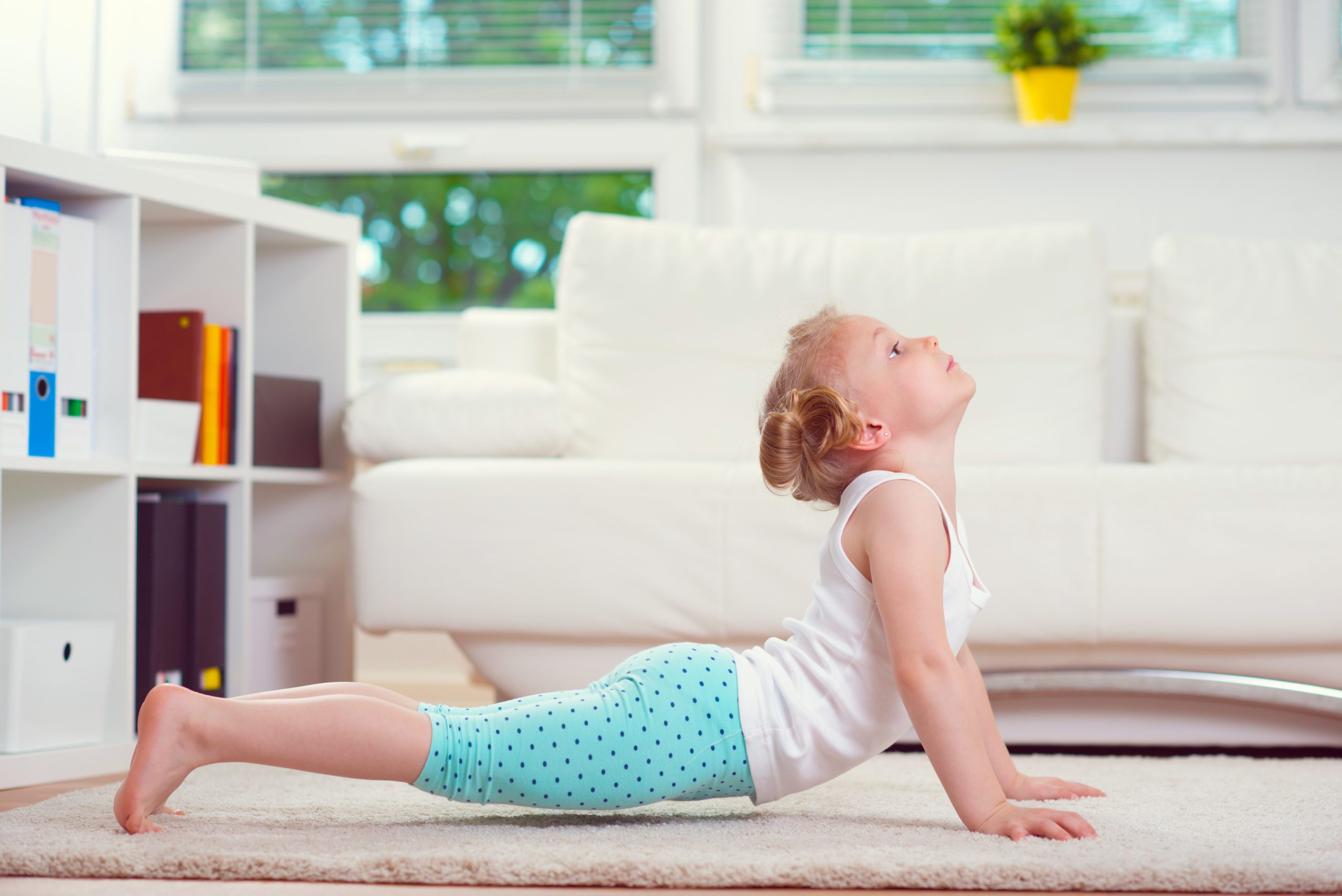The Role of Physical Activity in Your Child’s Health
Childhood is a vibrant time of running, jumping, and exploring the world through active play. More than just fun, physical activity is a powerhouse fueling our children’s health and well-being.
It strengthens their hearts, fortifies their bones, enhances mental wellness, and sets the stage for a lifetime of good health. Let’s explore the significant advantages of frequent physical activity for kids and offer useful suggestions for fostering an energetic way of life for your little ones.
Why Physical Activity Matters for Children
When it comes to children’s health, physical activity is as vital as a balanced diet or a good night’s sleep. It’s the key that unlocks a treasure trove of benefits, ranging from physical health perks to mental wellness advantages.
First, regular exercise works wonders for children’s cardiovascular health. By increasing the heart rate, it strengthens the heart muscle, reduces the risk of heart disease, and promotes overall cardiovascular fitness. It’s like a workout for the heart, keeping it robust and healthy.
But that’s not all. Physical activity is also the building block for strong bones. It enhances bone density, reducing the risk of fractures and osteoporosis later in life. Imagine it as the brick-and-mortar, strengthening the foundation of your child’s physical health.
The magic of physical activity extends to mental health too. It acts as a natural stress reliever, helping to lower anxiety levels and improve mood. Ever noticed that beaming smile on your child’s face after a game of tag? That’s exercise doing its work.
Benefits of Regular Physical Activity for Children’s Health
Regular physical activity is like a superpower for your child’s health. It does a lot of great things, so let’s take a closer look at all the amazing benefits that regular exercise brings to your child’s health and well-being.
Combating Childhood Obesity
Physical activity helps children maintain a healthy weight, which is crucial in preventing childhood obesity. Exercise burns calories, which helps balance the calories children consume through food. If a child is regularly active, they are less likely to be overweight, as their body will continually utilize the energy (calories) they consume.
Preventing Diabetes
Regular exercise increases insulin sensitivity – that’s the body’s ability to use insulin to regulate blood sugar levels effectively. This means the body doesn’t need to produce as much insulin to lower blood sugar levels, reducing the risk of type 2 diabetes. It’s a bit like fine-tuning your child’s internal engine, ensuring everything runs smoothly and efficiently.
Enhancing Sleep Patterns
Physical activity can help children sleep better. Exercise promotes feelings of relaxation and reduces feelings of stress and anxiety, which can often be obstacles to a good night’s sleep.
Additionally, the physical tiredness after exercise can help your child fall asleep more easily and experience deeper, more restful sleep. It’s like a natural sleep aid, promoting healthier sleep patterns that are vital for your child’s growth and development.
Improving Cognitive Function
Regular physical activity can boost brain health in several ways. It improves cognition by increasing blood flow to the brain, leading to better brain function, stronger memory, and longer attention span. This means your child may be better able to focus on tasks, remember things, and learn new information. It’s like giving their brain a healthy workout, leading to better academic performance.
Improving Mood and Mental Health
Exercise triggers the release of endorphins, often referred to as “feel-good hormones.” These endorphins contribute to a positive mood and feeling of well-being. Regular physical activity can therefore help your child maintain a positive outlook on life, which is beneficial for their overall mental health.
These benefits of physical activity offer a powerful incentive for children to be active. The advantages are multi-faceted, affecting many aspects of a child’s health, well-being, and development in profoundly positive ways.
Practical Tips to Encourage an Active Lifestyle
Now you know why physical activity is so important. But how can you, as parents, promote an active lifestyle in your children? Here are a few practical tips:
- Make it Fun: Find activities your child enjoys. Be it swimming, cycling, soccer, or just running around in the park, making exercise fun ensures your child will look forward to it.
- Be a Role Model: Children tend to imitate adults. Show them that you value exercise by incorporating it into your own routine.
- Limit Screen Time: By reducing time spent on electronics, you encourage your child to find active ways to entertain themselves.
- Family Activities: Plan activities that involve the whole family. Hiking, biking, or a game of basketball can be a fun way to get everyone moving.
- Active Chores: Incorporate physical activity into daily chores. Gardening, cleaning, or even walking the dog can contribute to your child’s daily dose of exercise.
Conclusion
As parents, we want the best for our children, and an active lifestyle is a gift that keeps on giving. It lays the foundation for a healthier future, equips them with the tools to tackle life’s challenges, and sets them on the path to well-rounded development.
At Entirely Kids Pediatrics, we’re committed to helping you nurture your child’s health and wellness. Contact us at 469-425-3600 for personalized advice, tailored fitness plans, and comprehensive health checks. Together, let’s help your child build a healthier, happier future, one leap, skip, and jump at a time.

